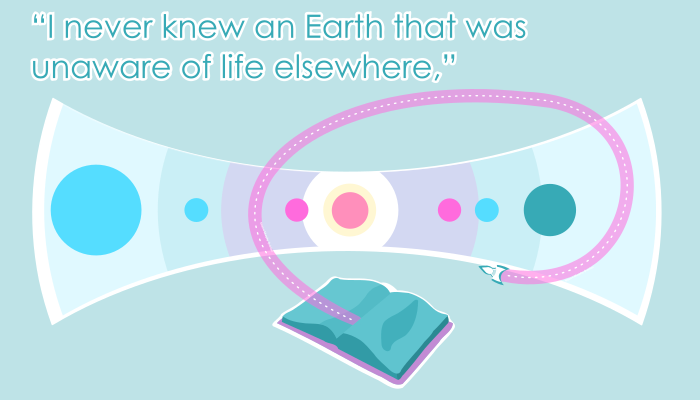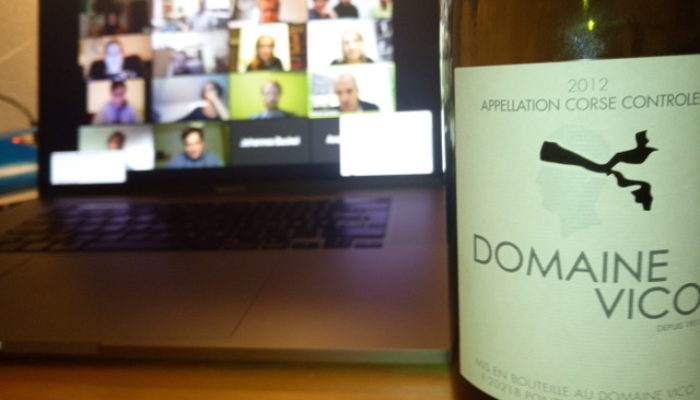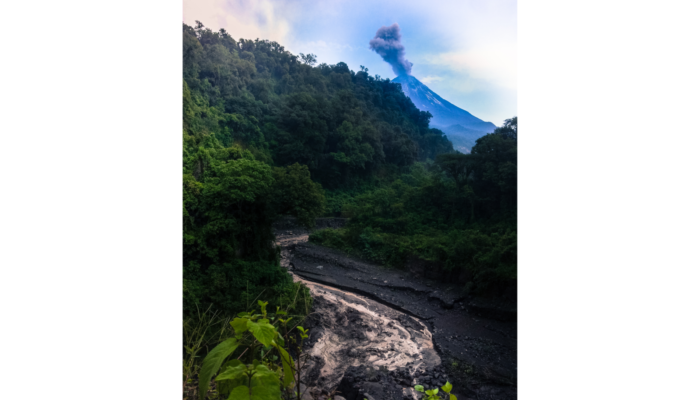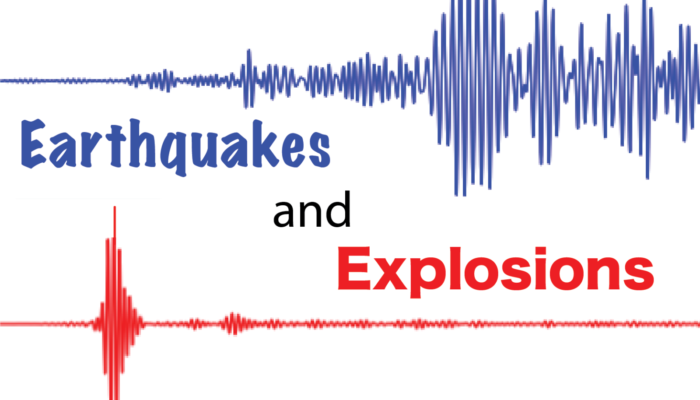Some people claim that teaching online courses or virtual workshops is not very different from face-to-face meetings. In my experience, however, it is much harder to sneak away secretly from a half-occupied seminar room than to withdraw from a virtual meeting where you simply mute the speaker to work on your emails located only one mouse click away. And that’s not all! In contrast to physically pr ...[Read More]
GeoLog
Imaggeo On Monday: The many sides of Australia’s bushfires
Bushfires in Australia are frequent in the hot and dry months characteristic of its climate. Their severity and seasonality is affected by climate change, and they impact extensive areas every year. At first sight, they might look harmful and dangerous, since they can cause property damage and loss of human life. However, the natural ecosystem has developed different strategies to either re ...[Read More]
Natural Hazards
Natural Hazards 101: The concept of risk
In the first episode of the series of posts called Natural Hazards 101, we focused on the definition of hazard and natural hazard, considering the recent literature. In this episode, we wish to draw your attention to the concept of risk. Although a commonly used word, the term risk might mean different things to different people. What does risk represent, and what it means in the context of ...[Read More]
Seismology
The Journey of an Antarctic Seismologist
Thwaites Glacier is a massive region of the West Antarctic Ice Sheet on par with the size of Pennsylvania or the island of Britain and is over a mile thick in many places. It is currently retreating rapidly and is a likely candidate to contribute the most to rapid sea-level rise over the next few decades to a century. That’s the most important point there is to make. I’m part of a large internatio ...[Read More]
GeoLog
The Sendai Framework – a five year review
The Sendai Framework for Disaster Risk Reduction 2015-2030 is a set of agreed commitments for member states of the United Nations to act on the prevention of ‘new’ disasters and reduce existing disaster risk through the implementation of integrated and inclusive economic, structural, legal, social, health, cultural, educational, environmental, technological, political and institutional measures. T ...[Read More]
Cryospheric Sciences
Lost in transl[ice]tion…
Three years have passed since sea-ice scientists from both climate modeling and remote sensing backgrounds met for an international workshop in Hamburg. The goal was to discuss how to further improve our understanding of sea ice and reduce uncertainties in climate models and observations (see this previous post). One suggestion was to work on observation operators. Let’s see what has happened in t ...[Read More]
Geodynamics
A love letter to science fiction
You know what has been missing from this blog so far? Book reviews! This week, Maeve Murphy Quinlan, PhD student at the University of Leeds, United Kingdom studying meteorites, comes to our rescue and discusses the science fiction genre with a review and recommendation of the novella To be Taught, if Fortunate. I know what’s next on my reading list. What is science fiction? It is a wide-ran ...[Read More]
Geomorphology
Pandemics vs. Academia: How do German geomorphologists deal with teaching, research projects and online conferences during the COVID-19 pandemic?
– Authors: The German Young Geomorphologists (Renee van Dongen, Jörn Profe, Steffi Tofelde, Janek Walk, Mario Kirchhoff, Julian Trappe, Johannes Buckel, Stefan Haselberger, Simon Meyer-Heintze) – COVID-19 Pandemic has changed the world this year. We as scientists are affected by this pandemic, but we can mostly work from home and most importantly, we can conduct our jobs. Nonetheless, ...[Read More]
GeoLog
Imaggeo On Monday: Lahar in the jungle, Mexico
Volcán de Colima currently is the most active volcano in Mexico where many rain-induced lahars occur every year. La Lumbre ravine is the ephemeral channel that drains the west-southwestern slopes of the volcano. In 2016, while Volcán de Colima experienced a prolonged explosive phase, several lahars were documented in this channel. One of them is shown in his picture, taken on August 13, 2016, du ...[Read More]
Seismology
Forensic Seismology: The Beirut Explosion
On August 4, 2020, the coast of Beirut, the capital of Lebanon, was rocked by an explosion caused by the blowing up of 2750 metric tons of ammonium nitrate, a chemical used in fertilizers (Figure 1). It resulted in at least 181 casualties, 6,000 injuries and 10-15 billion US dollars in damage [Ref 2]. Footage of the explosion has circulated widely: a large fire near the port’s warehouses and an in ...[Read More]

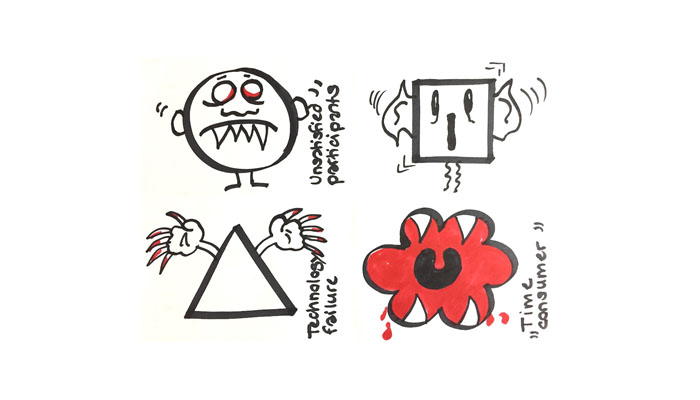
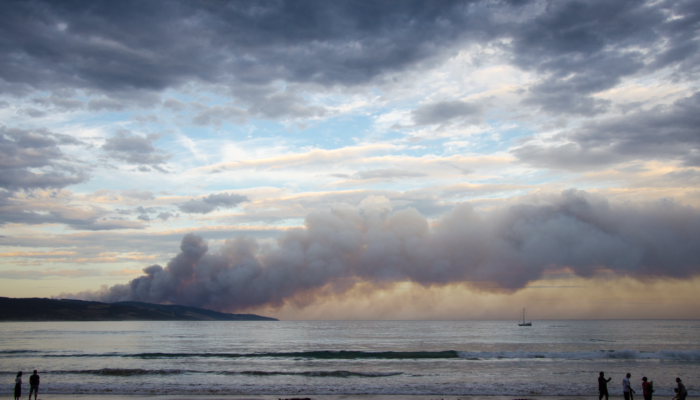
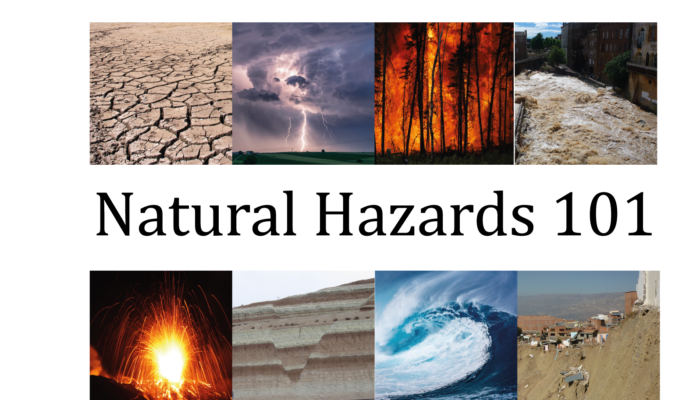
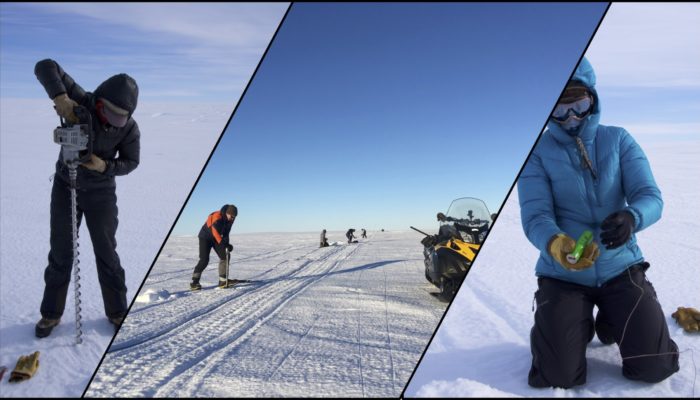
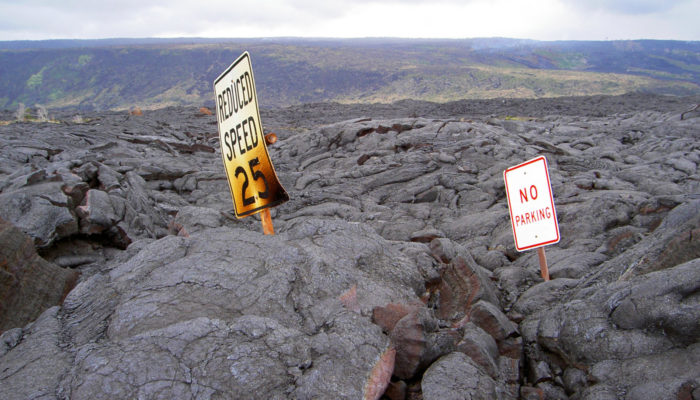
![Lost in transl[ice]tion…](https://blogs.egu.eu/divisions/cr/wp-content/blogs.dir/17/files/2020/10/MainFigure-700x400.png)
